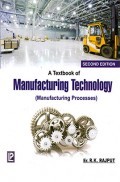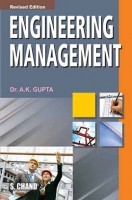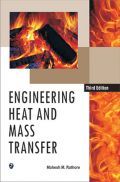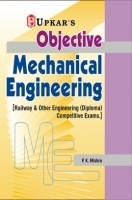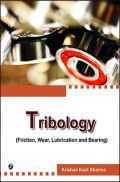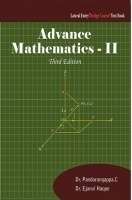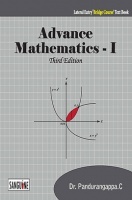About The Book Production And Operations Management
Book Summary:
This well-balanced text with its fine blend of theory and applications, gives an in-depth understanding of production and operations management in an easy-to-understand style. Employing an innovative approach, the author, shows how the use of modern advanced technology gives a boost to production processes and significantly helps production and operations management. The book clearly demonstrates the use of special software packages to solve actual problems.
Retaining the original contents, the book, divided into six parts, explains following in its second edition
WHY Necessity of production and operations management
WHAT Product/service design, product quality and other issues
HOW Process design and related issues
WHERE Plant location, layout and capacity
WHEN Planning and control of production operations
WHO Human relations issues that affect production and operations
Key features
Learning objectives at the beginning of each chapter enable readers to focus on important points of a chapter.
A concept quiz at the end of each chapter helps the reader to evaluate his understanding of the concepts explained in a chapter.
Numerous solved examples, and answers to all chapter-end numerical problems have been provided.
Covers Service Operations in almost every chapter in addition to the traditional manufacturing operations.
A section with 10 progressive short case studies gives real-world experience.
Chapter-end summary helps readers to review and recapitulate the key concepts.
The students of management and engineering (mechanical, production and industrial engineering) will be benefited with the book.
An instructor manual containing PowerPoint slides and solutions to chapter-end problems is available.
The book is recommended by AICTE for PGDM course. The link is
Table of Contents:
Preface Preface to the First Edition
Part I: The ‘Why’ of Production and Operations Management
1. Operations Management:
An Introduction
2. Operations Strategy and Competitiveness
Part II: The ‘What’ of Production and Operations Management
3. Product and Service Design
4. Reliability, Maintainability, Availability and Value Analysis
Supplement 1: Dynamic Programming
Supplement 2: Replacement Models
5. Product Quality
Part III: The ‘How’ of Production and Operations Management
6. Process Design and Selection
7. Work Study
8. Process Quality: Statistical Quality Control
Part IV: The ‘Where’ of Production and Operations Management
9. Facility Location
10.Facility Layout
11. Capacity and Equipment Selection
Supplement 3: Simulation
Part V: The ‘When’ of Production and Operations Management
12. Forecasting
13. Aggregate Production Planning
14. Material Management and Inventory Control
15. Material Requirements Planning
16. Operations Scheduling
17. Supply Chain Management
18. Enterprise Resource Management
19. Just-in-Time Production System
20. Queuing Theory
21. Project Planning and Control I: Network Models
22. Project Planning and Control II: Line of Balance
Part VI: The ‘Who’ of Production and Operations Management
23. Human Resources in Operations Management
Appendixes
A: The Standard Normal Probability Distribution
B: Values of e for Computing Poisson Probabilities
C: Table of Random Numbers
Answers to Selected Questions
Bibliography Index








